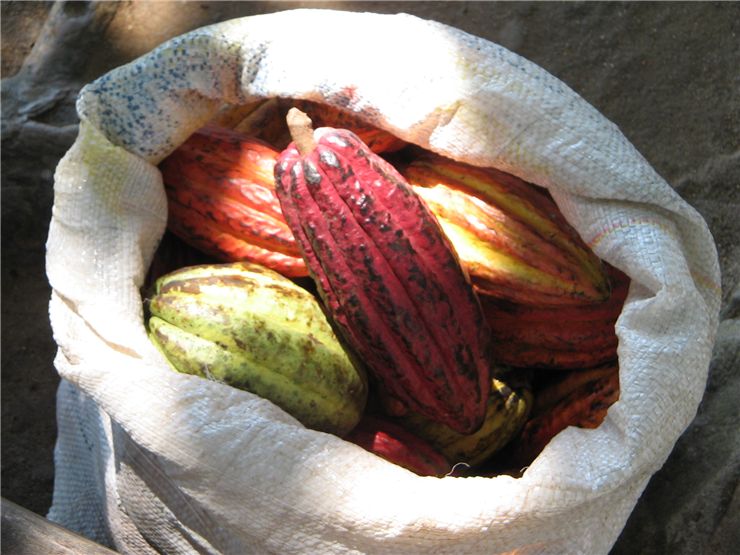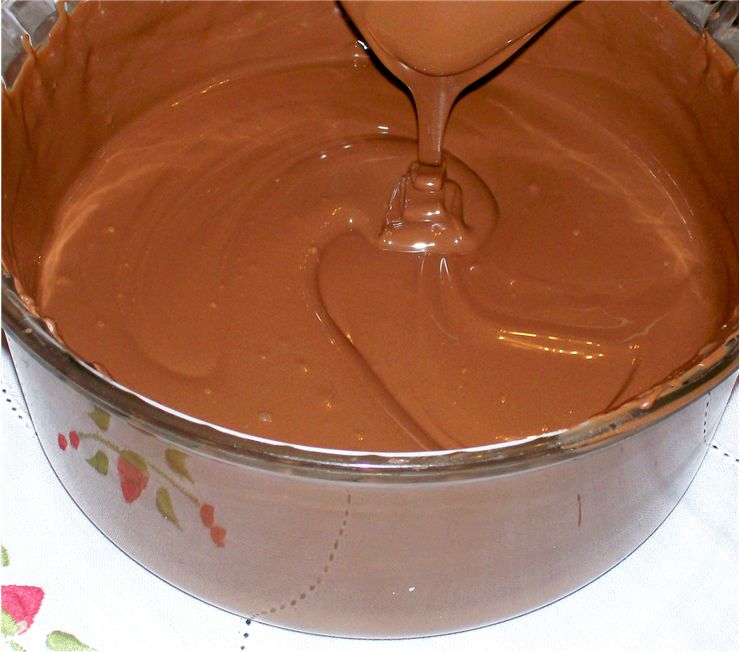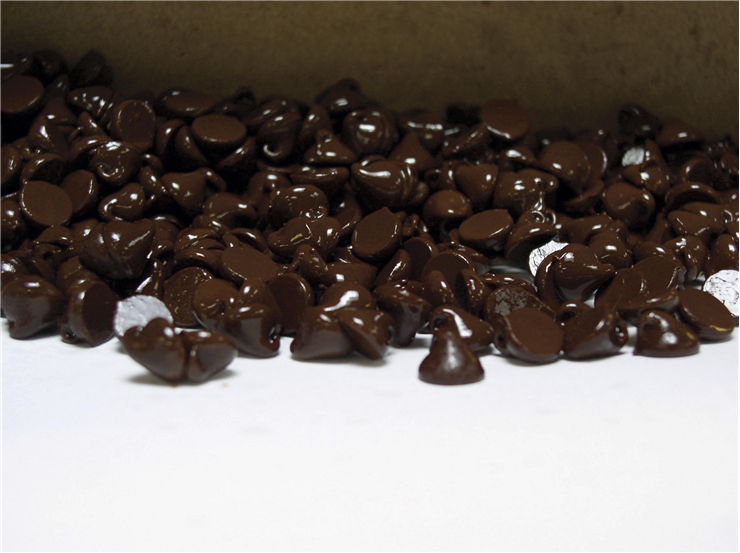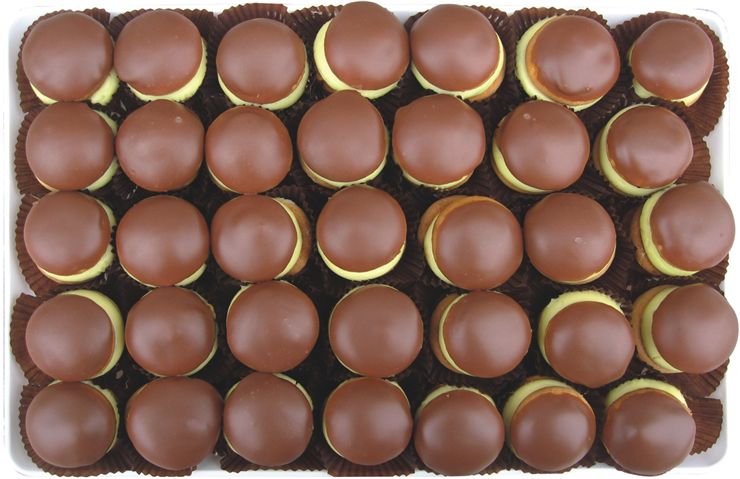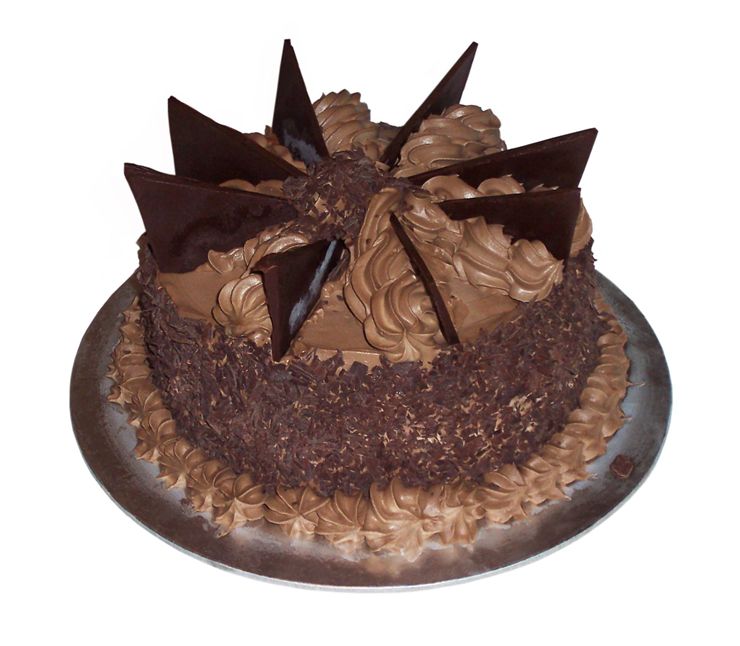History of Chocolate - When was Chocolate first invented
Chocolate is a sweetened food created from the seed of the tropical Theobroma cacao tree that was initially domesticated by the Mesoamerican cultures of the Maya and Aztecs more than three millennia ago. Archaeological findings suggest that chocolate beverages were consumed between 1900BC and 1500 BC. Those areas of Central America became the first who saw the benefits of cocoa and proceeded to integrate it deeply into the lives of their population.
The earliest reference to cocoa cultivation dates to around 2000BC in Amazon, with many ceramic vessels used for cocoa processing being found from 1900-900BC. By 300AD, Mayans fully integrated cocoa beans into their religion as symbols of life and fertility. Because its processing was complex and costly, high-quality cocoa food and beverages were used only by nobility and religious priest who used it in their ceremonies. Three centuries later, in 600AD, Mayan culture traveled from Central America to the areas between the Yucatán Peninsula and the Pacific Coast of Guatemala. There they established brand new plantations of cocoa and religious ceremonies elevated cocoa as a food of the gods.
The decline of Mayans and the rise of the Aztecs in 1200 introduced changes in the religious significance of cocoa. They viewed cocoa as a sacred plant that their god Quetzalcoatl stole from the heavens when he descended to the earth on a beam of the morning star. Aztecs adopted the recipe of Mayans for the “divine drink xocoatl”, a chocolate elixir that was viewed as very valuable. However, both Aztecs and Mayans did not have access to sugar, so they spiced their chocolate drinks with other spices. By the 15th century, Aztecs became the dominant culture in Mesoamerica, with trade reaching all neighboring cultures. Cocoa beans were the most popular form of money in that period.
In 1502, during the 4th voyage of Christopher Columbus, Europeans finally came in contact with cocoa. However, Columbus did not grasp the significance of these (for him) un-edible beans, and he recorded that the local tribes used them only as a currency. He brought those beans back to Spain, but their use remained small for several decades. Herman Cortes, however, had a significant influence on the spreading of cocoa influence. He destroyed Aztec Empire in 1519, capturing vast quantities of cocoa and cocoa plantations. He established European plantations immediately and presented his incredible discovery to the Spanish King Charles V in 1528 – a chocolate beverage spiced with sugar! Soon after that, Spain and Portugal's nobility became obsessed with chocolate, creating recipes that involved vanilla, nutmeg, cloves, allspice, and cinnamon.
While Spain and Portugal enjoyed chocolate products, the rest of Europe was not intrigued. Ships filled with cocoa beans were deemed worthless by English buccaneers, and the courts of central Europe avoided it. This started to change in the 2nd half of the 17th century, when France, Italy, and England went into their “chocolate craze” causing the cocoa trade explosion, lowering prices and availability of chocolate to Europeans of all status levels. This presence of chocolate increased with the arrival of the Industrial Revolution, the appearance of the first chocolate factories, and countless new recipes.
Total domination of chocolate products in the entire world came after World War II with the advent of modern industry and refrigeration that enabled a longer shelf life of chocolate products. Today, the cocoa bean tree is cultivated on more than 69,000 square kilometers of land, most of which are in Côte d'Ivoire, the world’s largest manufacturer.
